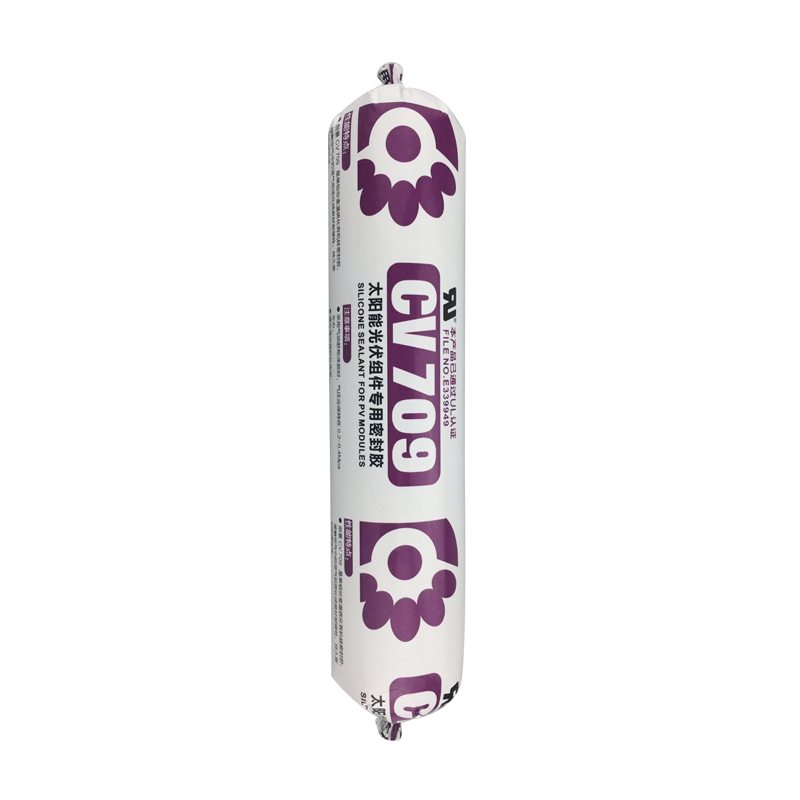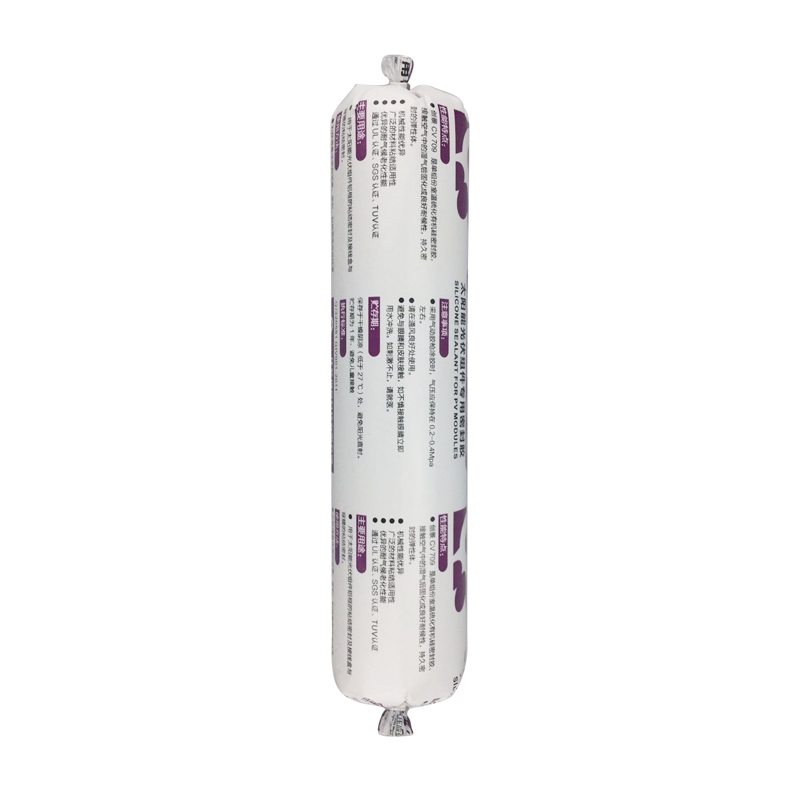19 Years manufacturer CV-709 silicone sealant for PV moudels Wholesale to Oslo
Short Description:
Description CV709 is a high-performance silicone sealant, one-component oxime type room temperature curing silicone rubber, has excellent weather resistance, high thixotropy, after curing for solar components involved in the base material has good caking property, by TUV for environmental requirements of the ROHS, UL E339949 Key Features 1. 100% silicone 2. No sag 3. high thixotropy 4. Water & weatherproof 5. For solar components involved in the base material has good bonding Basic Ap...
"Sincerity, Innovation, Rigorousness, and Efficiency" is the persistent conception of our company for the long-term to develop together with customers for mutual reciprocity and mutual benefit for 19 Years manufacturer CV-709 silicone sealant for PV moudels Wholesale to Oslo, Looking to the future, a long way to go, constantly striving to become the all staff with full enthusiasm, one hundred times the confidence and put our company built a beautiful environment, advanced products, quality first-class modern enterprise and work hard!
Description
CV709 is a high-performance silicone sealant, one-component oxime type room temperature curing silicone rubber, has excellent weather resistance, high thixotropy, after curing for solar components involved in the base material has good caking property, by TUV for environmental requirements of the ROHS, UL E339949
Key Features
1. 100% silicone
2. No sag
3. high thixotropy
4. Water & weatherproof
5. For solar components involved in the base material has good bonding
Basic Application
1.Solar module frame seal
2.The adhesive of the solar energy back to the terminal block
3.General industrial assembly with seal
Technical data sheet
| Test standard | Test project | Unit | value |
| Before curing——25℃,50%R.H. | |||
| specific gravity | g/ml | 1.34-1.40 | |
| GB13477 | Operating time | min | 15 |
| GB13477 | surface drying time(25℃,50%R.H.) | min | 40-60 |
| 3 days after curing——25℃,50%R.H. | |||
| Temperature range | ℃ | -55~200 | |
| GB13477 | Durometer Hardness | Shore A | 40~55 |
| The ultimate tensile strength | Mpa | ≥2 | |
| GB13477 | Breaking elongation | % | 300-600 |
| Aluminum bonding shear strength | Mpa | ≥1.5 | |
| Electrical properties | |||
| Breakdown voltage | Kv/mm | ≥20 | |
| Volume resistance | ohm.cm | 9E+14 | |
| Dielectric constant | 3.1@50Hz | ||
Certification
UL E339949; TUV
Color
Black, White
Package
300ml in cartridge * 24 per box, 500ml in sausage *20 per box
Shelf life
12 months
Note
If you want the TDS or MSDS or other details, please contact with our sales person.
How to PROPERLY use die-electric grease on spark plug wires.
What is Dielectric Grease?
Dielectric grease is widely used as a sealant for spark plugs in gasoline or diesel engines, as well as on the gaskets of multi-pin connectors in the electrical systems of vehicles and boats. When used with spark plugs, it’s applied to the rubber part of the plug wire. This helps the boot slide onto the plug’s ceramic insulator and keeps dirt or moisture from contaminating the seal and disrupting the electrical current.
Besides being used to seal rubber covers on electrical connections, dielectric grease also prevents corrosion when applied directly to metal connectors. Though it works well for this purpose, it can sometimes cause a connection to stop working if not all of the grease is pushed out of the way between the points of contact inside the connector. Additionally, it is often used to lubricate other engine-related parts, like rotors, distributor caps, and speedometer cables. It can be used in other situations where electrical connections may be exposed to moisture and dirt as well, like outdoor lights, satellite TV installations, trailer hitch wiring, and battery terminals.
———————————————————————————
You do NOT have to apply dielectric grease to the boots on distributor end.
Why you ask? Multiple reasons.
#1 – You don’t have to worry about arching-to-ground since the cap is one big insulator; far enough from a ground source.
#2 – There isn’t much heat at the distributor end to worry about the boot seizing to the distributor cap.
#3 – The main reason. You don’t want the boots/terminals from the spark plug wires to pop-off the distributor cap. It’s true and does happen. How? When you push-on the spark plug wire’s boot onto the distributor cap, you have to burp-out the air from under the boot. If not, the air pressure under the boot can cause the boot (and terminal) to rise up separate from the cap’s terminals. You might not even know this has happened.
Since the “towers” on the cap are tapered, by their very design, the boots want to ride-up the towers. If this happens, arching will occur. Or, worst case scenario, the wire will completely pop-off. A non-greased boot will cause the boot to better stick to the cap. So in this case you want the boot to stick (not seize) to the cap.
NOW, if you were to add dielectric grease under the boots, and push the boots onto the distributor cap, there will such a tight seal that the air under the boot can’t burp-out. In addition, the grease will make the boots more slippery and make it even easier to pop-off the cap.
Although it might not make sense now, give it a try the next time you change your plug wires or cap. Then you’ll see what I mean.
—————————————————————————————————
HD Quality: 1920×1080






